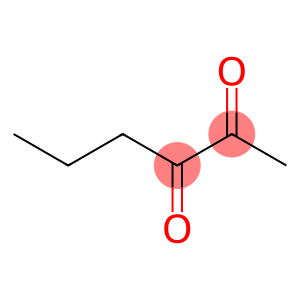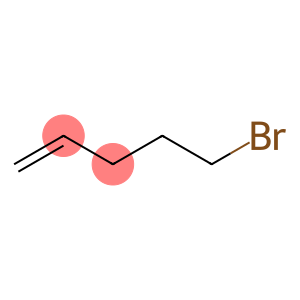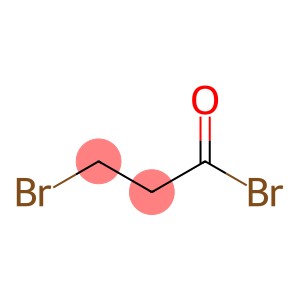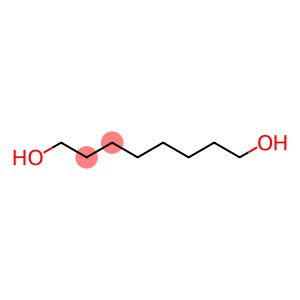2,3-Hexanedione(CAS#3848-24-6)
| Hazard Symbols | Xi – Irritant |
| Risk Codes | R10 – Flammable R36/37/38 – Irritating to eyes, respiratory system and skin. |
| Safety Description | S26 – In case of contact with eyes, rinse immediately with plenty of water and seek medical advice. S36/37/39 – Wear suitable protective clothing, gloves and eye/face protection. S16 – Keep away from sources of ignition. |
| UN IDs | UN 1224 3/PG 3 |
| WGK Germany | 2 |
| RTECS | MO3140000 |
| TSCA | Yes |
| HS Code | 29141990 |
| Hazard Class | 3 |
| Packing Group | III |
| Toxicity | LD50 orally in Rabbit: > 5000 mg/kg LD50 dermal Rabbit > 5000 mg/kg |
Introduction
2,3-hexanedione (also known as pentanedione-2,3) is an organic compound. The following is an introduction to the properties, uses, preparation methods and safety information of 2,3-hexanedione:
Quality:
- Appearance: 2,3-hexanedione is a colorless crystalline solid.
- Solubility: It is partially soluble in water and is more soluble in organic solvents such as alcohols, ethers and hydrocarbons.
- Polarity: It is a polar compound that can form hydrogen bonds.
Use:
- Industrial applications: 2,3-hexanedione can be used as a solvent, catalyst and chemical intermediate.
- Chemical synthesis: It is often used as an important raw material in organic synthesis and can be used to synthesize ketones, acids, and other compounds.
Method:
- Oxidation method: 2,3-hexanedione can be prepared by the oxidation reaction of n-octanol. Oxidizing agents such as oxygen carbonate and acid hydrogen peroxide are often used in the reaction.
- Other synthetic routes: 2,3-hexanedione, such as oxidene or oxanal, can also be prepared by other synthesis methods.
Safety Information:
- 2,3-Hexanedione is irritating to the eyes and skin and should be avoided in direct contact.
- Wear appropriate protective equipment such as gloves, goggles, and lab coats when using or handling 2,3-hexanedione.
- Care should be taken to avoid contact with oxidants when storing and handling 2,3-hexanedione to prevent fire or explosion.
- Waste disposal: Dispose of waste 2,3-hexanedione safely in accordance with local regulations to protect the environment.








